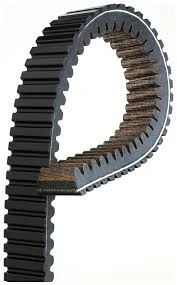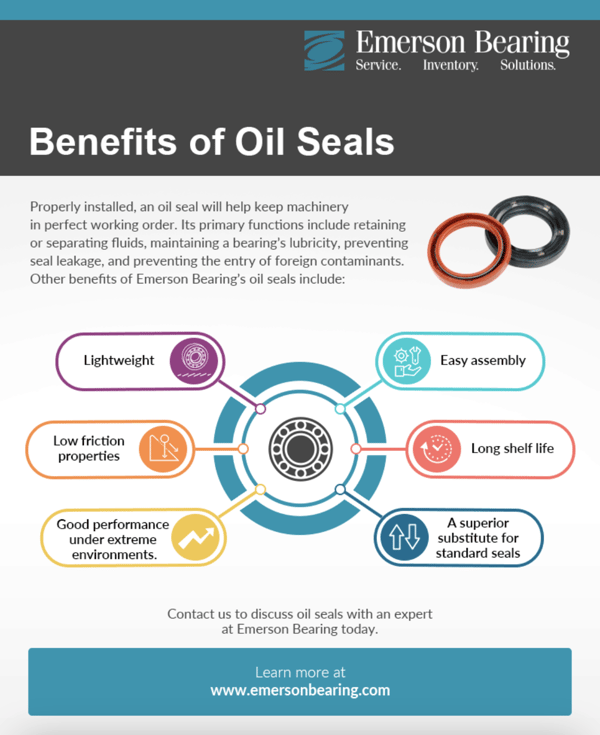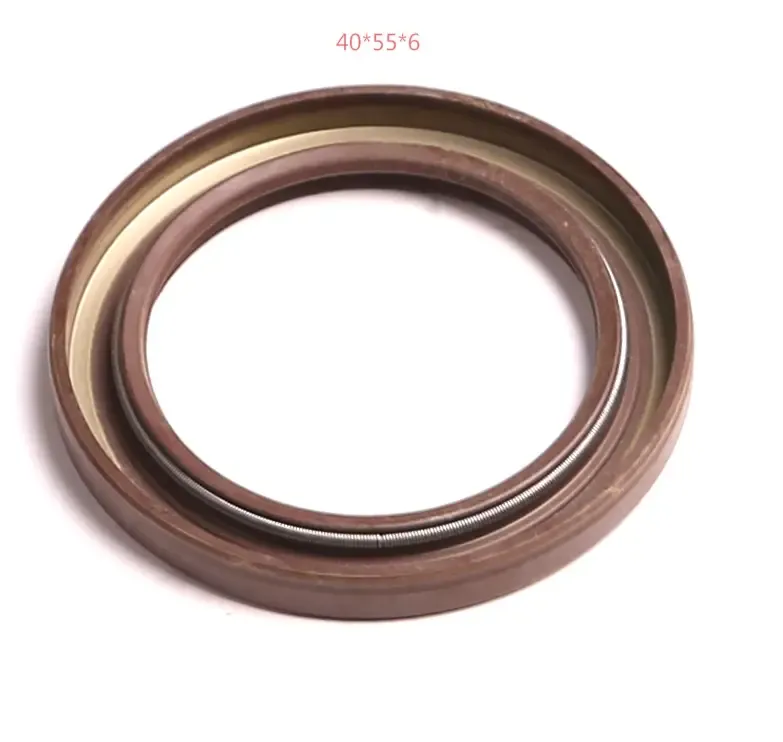...
2025-08-15 09:24
2486
...
2025-08-15 09:20
1339
...
2025-08-15 09:15
1175
...
2025-08-15 08:55
650
...
2025-08-15 08:45
2070
...
2025-08-15 08:44
1872
...
2025-08-15 08:39
2744
...
2025-08-15 08:22
1446
...
2025-08-15 08:17
796
...
2025-08-15 07:15
1476





